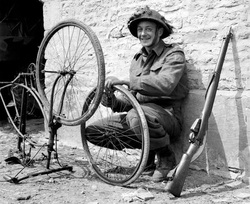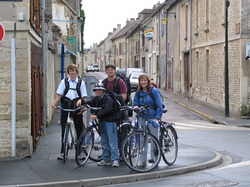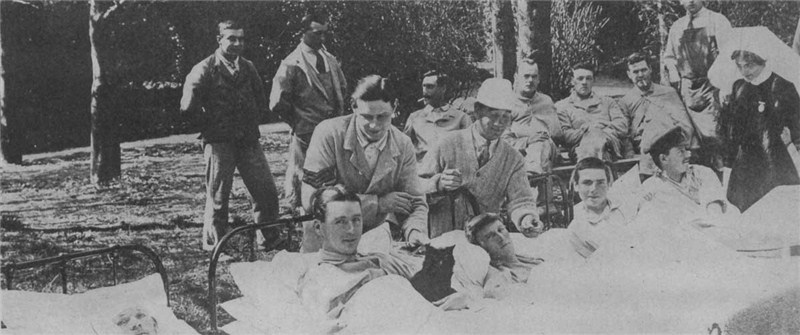So how do you decide what images will make readers decide that your book is the one they're looking for? Tricky question.
Just how tricky this question is to answer becomes obvious when you look at the five different covers that have graced Elizabeth Wein's new YA historical fiction Code Name Verity. Wein's novel is about what happens to two women whose plane crashes in Nazi-occupied France in 1943, and it's told in first person through the writings of the two women. The cover on the left pictures a plane trailing blood-red smoke as it goes down, a dark silhouette of a woman, and a rose, and I can say without giving too much away that all three images are appropriate, although I am not enough of an airplane enthusiast to tell you if the plane on the cover is the right kind or not. The next cover shows two women's arms bound together, and while it does show how the two characters are emotionally bound to one another, I first wondered if this novel was about lesbian lovers or bondage rituals. The middle cover shows two old bicycles against a stone wall, with bombers in the background and is, like the first cover, appropriate although not as mysterious or dark as the first cover. The remaining two covers have women's faces and the suggestion of imprisonment: one with high strung barbed wire and the other with the shadow of fencing. One features a red gash across the woman's face; the other, the bombers again. Two of the women seem to have dark hair and eyes. The third looks like a blue-eyed blonde, which is what the woman whose code name was Verity was.
I've added a little more about this book to my web page on Code: Elephants on the Moon, in the for further reading section.

So what do you think? If you had to judge Code Name Verity by its cover, which would you choose?






